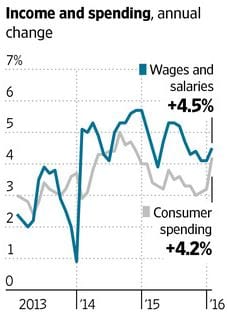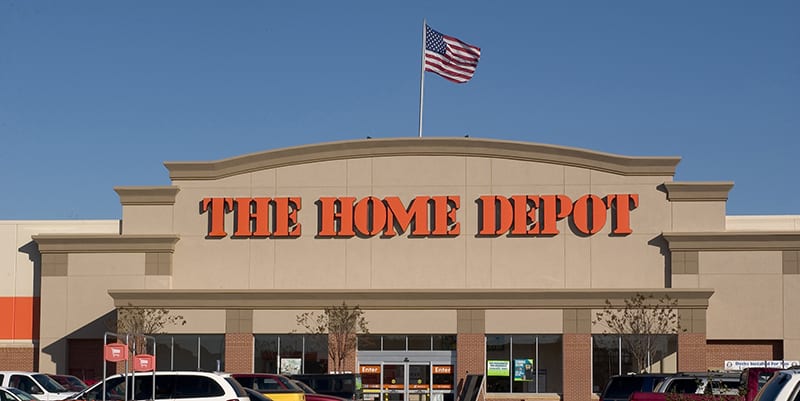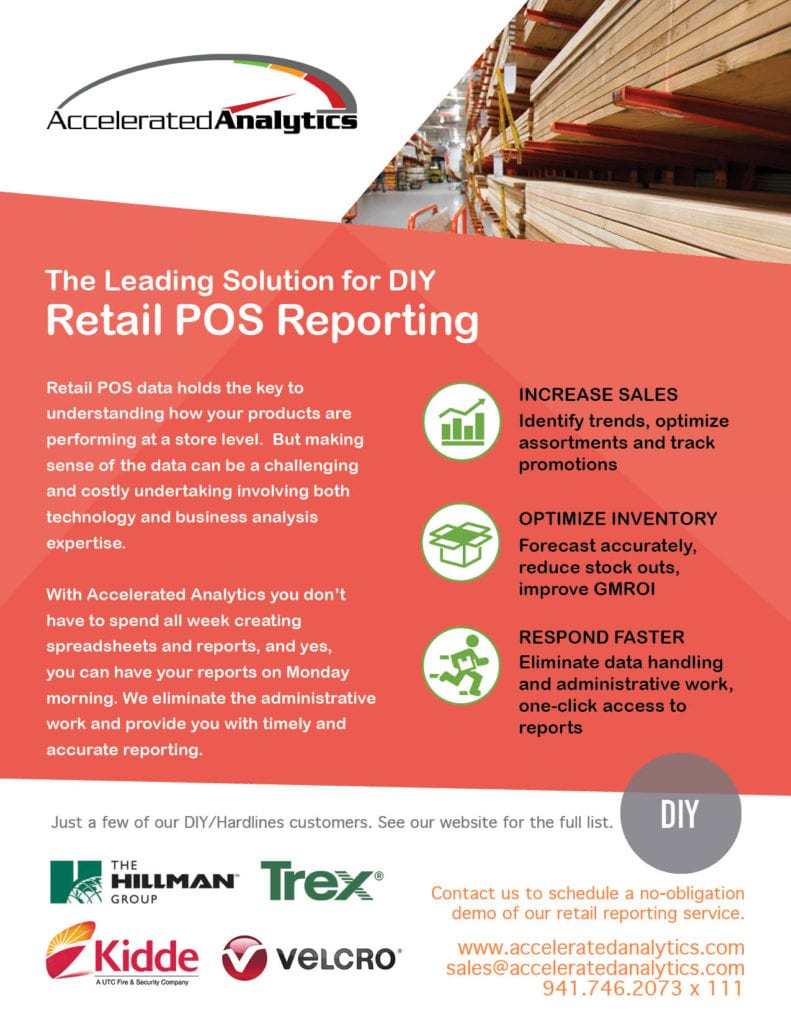 The Wall Street Journal recently reported that while apartment construction has been a bright spot in the recovery of the nation’s housing market over the last six years, economists say the tide might be turning away from apartments and toward single-family homes.
The Wall Street Journal recently reported that while apartment construction has been a bright spot in the recovery of the nation’s housing market over the last six years, economists say the tide might be turning away from apartments and toward single-family homes.
For the past six years, the construction of apartments and condos has grown at a faster rate than that of single-family homes. Last year U.S. builders began construction on 396,000 units in buildings with two units or more, the most in a year since 1988. In contrast, single family home construction has remained below the historical 20-year average of about 1.05 million homes. Last year builders started just 714,600 homes.
But 2016 could be the year the trends reverse. Both the National Association of Home Builders and housing-research firm Metrostudy are forecasting significant growth in single family home starts this year. Their predictions of 19% growth and 14.6% growth respectively outpace their single-digit growth predictions for multi-family construction.
Six years of rapidly rising rents across the U.S. have driven prices to a point that is out of reach for many, far outpacing income growth. Chief economist at Metrostudy, Brad Hunter pointed out that “after six years of strong performance, the apartment market is poised for a breather. We’ve reached a point where we can’t continue to grow that sector.”
The NAHB made a similar prediction last year when they forecasted 26% growth for single-family construction and only 2% for multi-family. The two sectors grew at similar rates with single-family seeing 10.3% growth compared to 11.6% for multi-family in 2015.

 High sales were seen for power washers and pressure-treated lumber by homeowners building decks.
High sales were seen for power washers and pressure-treated lumber by homeowners building decks.



